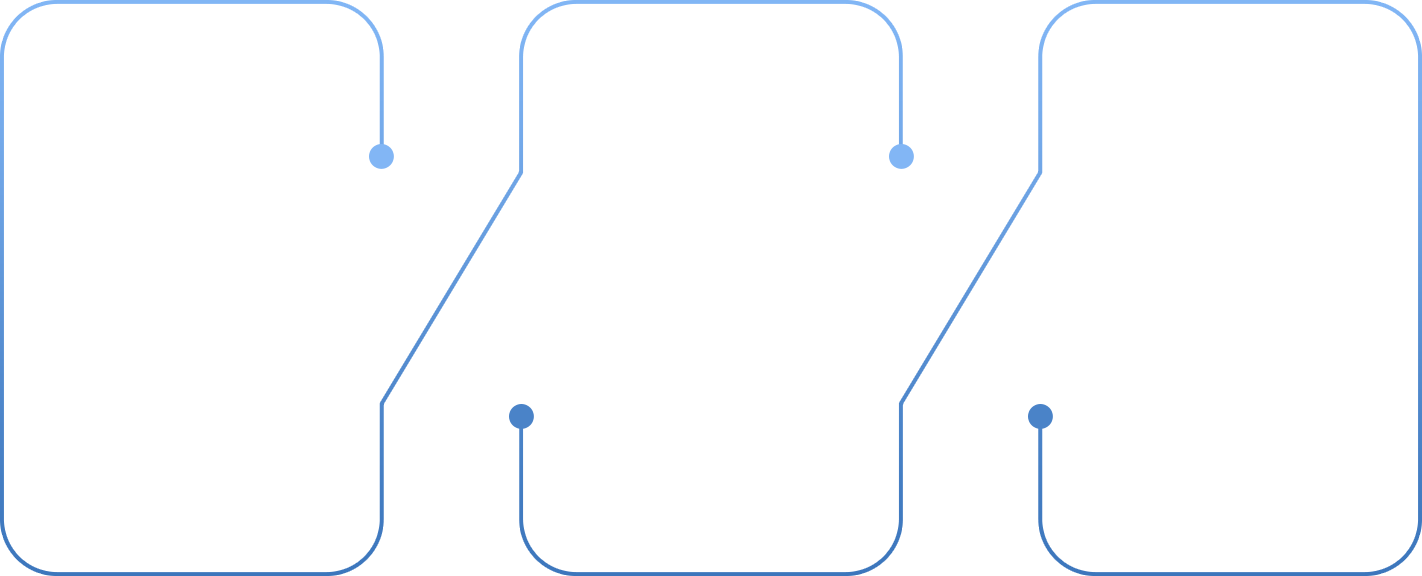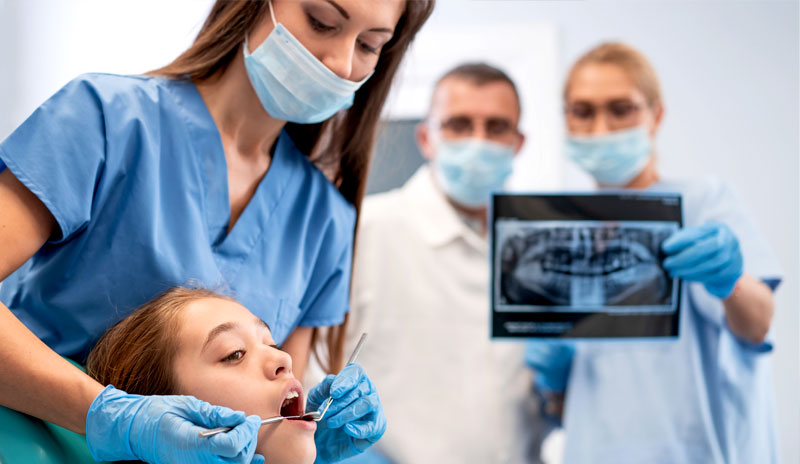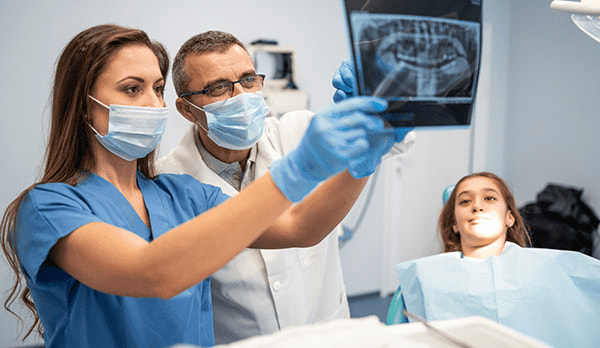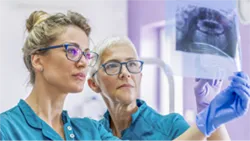The Advanced Innovation Grants (AIG) are designed to support high-impact research projects aligned with emerging trends in orthodontic research, aiming to drive transformative breakthroughs. These grants focus on projects with innovative concepts that have the potential to reshape current practices and bring new approaches into practical, real-world use.
The grants are particularly suited for projects that have moved beyond preliminary stages and are ready to transition into larger-scale applications. By providing funding and support, these grants enable the successful implementation of cutting-edge ideas into clinical practice, addressing significant challenges and driving progress in the orthodontic field.















